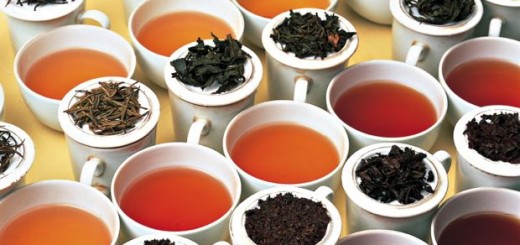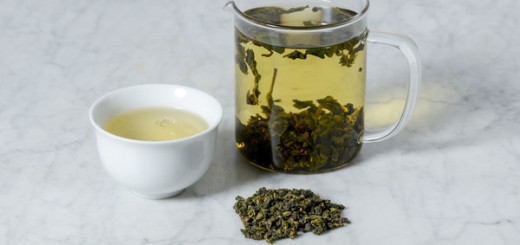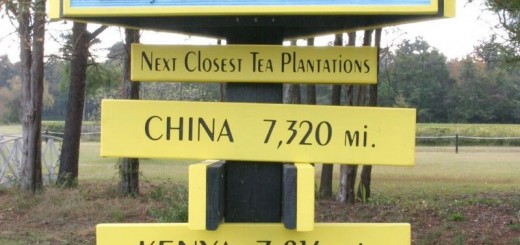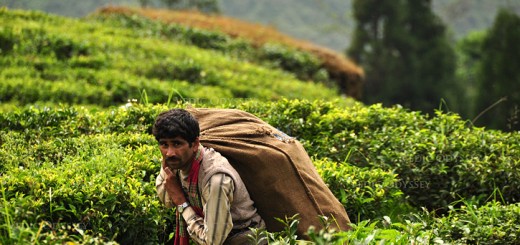Plantation History and Contemporary Tea Business
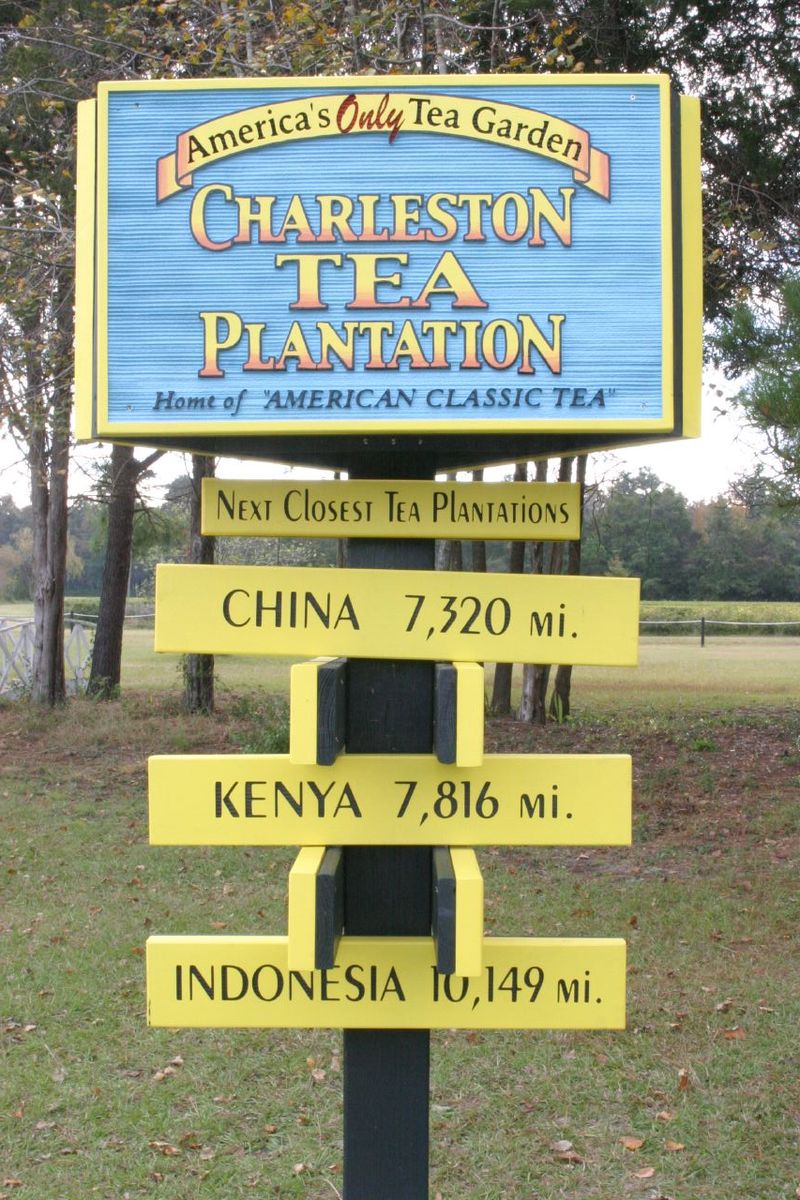
By Bruce Tuten – http://www.flickr.com/photos/savannahgrandfather/294414168/in/photostream/, CC BY 2.0, https://commons.wikimedia.org/w/index.php?curid=29010464
As with many commodity products, tea has historically been ‘elevated’ from a ritual or medicinal beverage to a supporting product of global economy. In tandem with this shift comes certain side effects: plantation establishment and questionable labor practices, an increasing market but a decrease in price in wholesale quantities. The plantation as a system requires many hands to function and the global demand for tea that was instigated in the 1800’s when the British elite (and eventually middle and lower classes) were introduced to tea as an alternative to alcohol (coffee having not caught on quite as strongly yet). Strangely, terroir comes into play in the romanticization of tea growing regions in the past and present market. Some teas have always been advertised by their region of origin, and media images of these places have been built up for a population that mostly never experiences them. Presently, the modern day tea world has only superficially changed. Most plantations still utilize unethical labor and many teas on the shelves are still identifiable by their familiar places. The image of the happy tea plucker still permeates tea culture, but the average tea buyer knows little to nothing about the actual lives of plantation workers. Place remains a marketing tool on a global scale.


